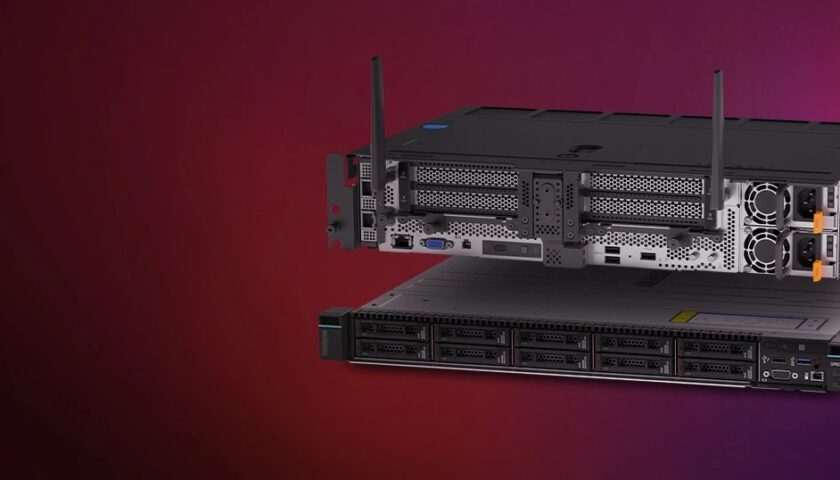Telehealth has rapidly become a crucial part of healthcare, allowing doctors and patients to connect in ways that weren’t possible a decade ago. As a physician in Ontario, you know that balancing efficiency with quality care is critical. But as you implement telehealth solutions, a key challenge emerges: how to integrate these virtual tools seamlessly with your existing electronic medical record systems.
This integration isn’t just about convenience. It’s about providing better care and creating a more streamlined workflow for you and your staff. However, making these systems work together smoothly also brings challenges, from data security to ensuring compatibility. Let’s walk through the benefits and hurdles of integrating EMR systems with telehealth and how you can navigate this landscape effectively.
Why Integrate EMR Systems with Telehealth?
Seamless Access to Patient Information
Imagine being able to see a patient virtually and immediately access their full medical history, lab results, and past treatments without flipping between platforms. Integrating telehealth with electronic medical record systems makes this a reality.
- Real-Time Updates: Your EMR automatically updates with notes from telehealth visits, ensuring your patient records are current.
- Continuity of Care: You can provide better, more consistent care when all the information you need is in one place.
- Faster Decision-Making: Quick access to data means you can make more informed treatment decisions, even during a virtual visit.
These integrations don’t just save time; they elevate the quality of care you can provide.
Efficient Workflows for Busy Practices
Running a practice is demanding, and having separate workflows for telehealth and in-person visits only adds to the complexity. When telehealth platforms integrate with your EMR Ontario system, you create a unified process that benefits both patients and staff.
- Simplified Scheduling: Manage all appointments—virtual and in-person—in one place, complete with automated reminders.
- Streamlined Billing: Using integrated medical billing software in Ontario makes it easier to bill for telehealth visits without manual data entry, reducing the risk of errors.
- Centralized Documentation: Every interaction, whether face-to-face or through a screen, is documented in the EMR, ensuring that patient records are thorough and accurate.
This streamlining frees up your staff to focus on patient care rather than administrative tasks, improving both efficiency and morale.
Enhanced Patient Experience
Patients are increasingly tech-savvy and expect healthcare to be as convenient as other parts of their lives. When telehealth integrates smoothly with your EMR system, it’s a win for your patients, too.
- Convenient Access: Patients can book, reschedule, or attend appointments from their phones, making it easier to prioritize their health.
- Personalized Care: With their complete medical history at your fingertips, you can offer more tailored advice and treatment during telehealth sessions.
- Fewer Gaps in Care: Patients won’t have to repeat their medical history or worry about lost information between providers.
These improvements make patients more likely to engage with their healthcare, which can lead to better outcomes.
The Challenges of EMR and Telehealth Integration
Data Security: A Top Concern
When handling sensitive patient information, data security must be a top priority. Integrating telehealth with your electronic medical record systems means you’ll need to be vigilant about protecting data.
- Compliance with Regulations: In Ontario, strict data protection laws govern how patient information should be handled. Ensure that both your telehealth and EMR platforms are compliant.
- Encryption and Access Controls: Make sure data is encrypted both in transit and at rest. Implement strong user authentication to safeguard against unauthorized access.
- Regular Security Audits: Conduct routine checks to identify vulnerabilities and ensure your systems are secure.
Working with trusted vendors like Alembico EMR can help mitigate these risks and ensure your practice remains compliant.
Compatibility Issues Between Systems
Not all EMR and telehealth platforms play nicely together. Compatibility can be a significant barrier to seamless integration.
- Vendor Collaboration: Work closely with your EMR and telehealth vendors to ensure smooth communication between systems.
- Using APIs: Modern systems often use APIs to facilitate integration, but customization may still be required.
- Testing Before Full Implementation: Before rolling out any system-wide changes, run extensive tests to catch potential issues early.
Choosing a flexible, integration-friendly EMR solution, like those offered by Alembico EMR, can minimize compatibility problems and save you time.
Staff Training: Getting Everyone on Board
Even the best technology is only effective if your team knows how to use it. Integrating telehealth with your EMR requires training and ongoing support.
- Comprehensive Training Programs: Make sure your staff understands how the systems work together and why this integration is important.
- Ongoing Support: Keep the lines of communication open. Address concerns and provide refresher courses as needed.
- Highlighting the Benefits: Show your team how these changes will make their jobs easier and improve patient care. Sometimes, understanding the “why” can make a huge difference.
Effective training can help your team feel confident and capable, making the transition smoother for everyone involved.
Best Practices for Successful Integration
- Start Small: Implement a pilot program before going full scale to identify and resolve any issues.
- Focus on Security: Always prioritize data protection by using secure platforms and staying updated on the latest privacy regulations.
- Stay Flexible: Be prepared to make adjustments as needed. No integration is perfect from day one.
- Leverage Expert Support: Working with a reliable partner, like a medical billing company or an EMR provider, can simplify the process and offer valuable insights.
By following these best practices, you can integrate telehealth and EMR systems more effectively and set your practice up for long-term success.
Alembico EMR Is Here to Help
Integrating telehealth with electronic medical record systems offers incredible benefits, from better data access to more streamlined workflows. But it’s not without its challenges, especially in areas like data security and system compatibility. Choosing a trusted partner like Alembico EMR can make all the difference. Our cloud-based EMR software is designed to simplify integration while keeping your data secure and your practice efficient.
Want to learn more about how Alembico EMR can support your telehealth needs? Contact us today to explore our solutions and take your practice to the next level.





